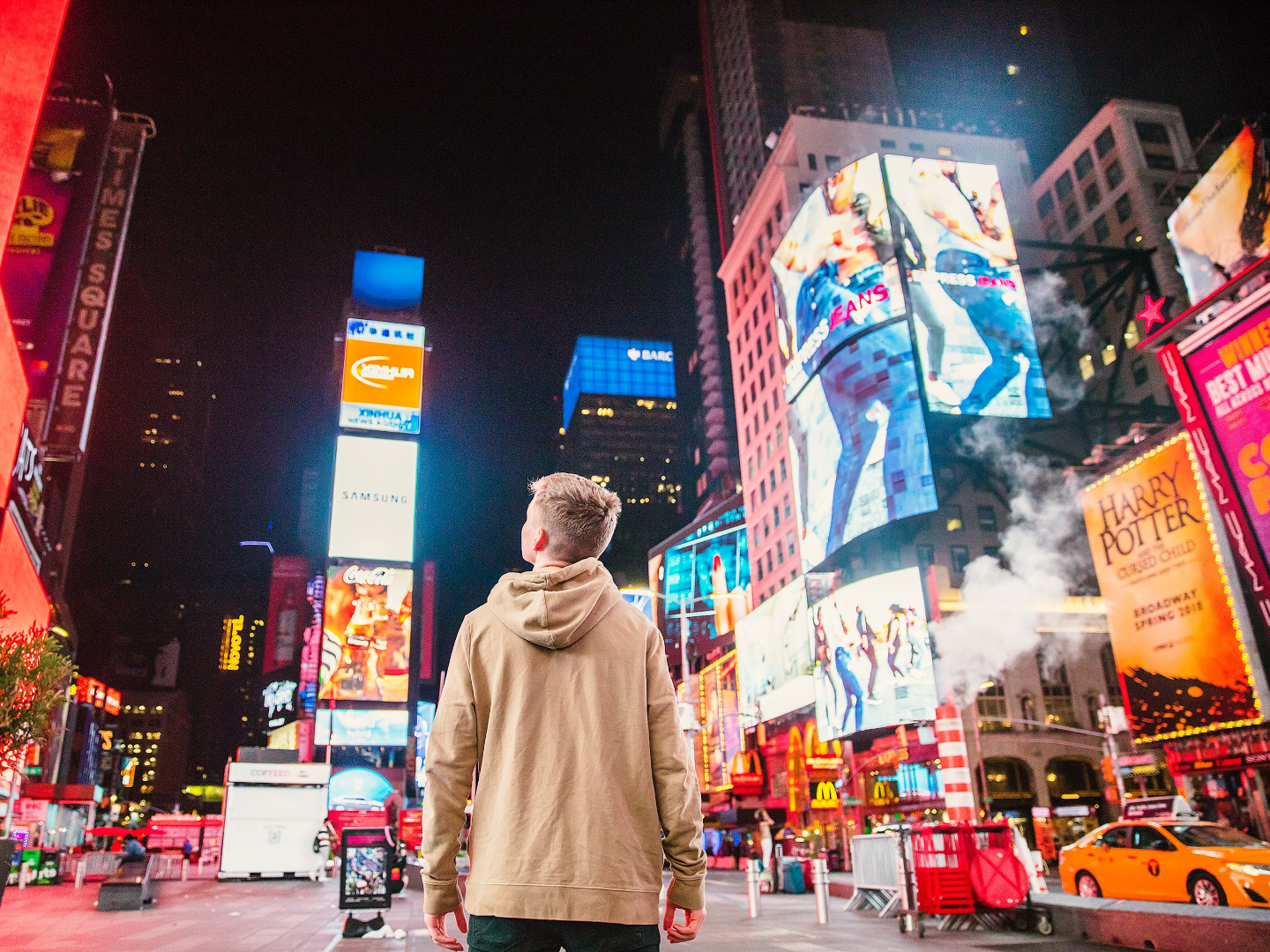
Out-of-home (OOH) ads are the marketing industry’s latest craze. According to a recent report by onescreen.ai, 92% of marketers say that they plan to increase their OOH ad spend in 2022. They’re excited by OOH ads because this medium lets them advertise out in the real world. Marketers consider ads in the real world to be:
- Better at surprise and delight than other ad types: 94% of marketers agree
- Essential for brand building: 93%
- More effective now than pre-pandemic: 91%
Additionally, according to a recent SalesFuel blog based on GroupM research, digital OOH ads:
- Give consumers all the information they need to make purchases: 53% of consumers agree
- Sway consumers to make purchases on the spot: 50%
- Are viewed as “very” or “quite informative” by consumers: 77%
Why are OOH Ads Proving to be so Effective?
Consumers are tired of digital ads. They’ve been cooped up in their homes since March 2020 and are just starting to get out and about again. For the past two-odd years, they’ve been bombarded with digital ads and now they’re either getting tired of seeing digital ads or the ads are being vastly ignored.
Onescreen.ai reports that 67% of marketers said that, “as they scaled up with digital, their returns actually diminished. With so many brands turning to digital and social marketing as their primary marketing channel, digital noise has become deafening. It’s tough to stand out.” As such, 97% of marketers are looking for different marketing channels to place ads.
Real-World Advertising
What better way to overcome digital ad fatigue than to place ads in the opposite space: real life? But putting ads in physical spaces doesn’t mean that your clients have to kick digital aspects to the curb completely. In fact, integrating a hybrid OOH strategy can help your client’s ads stand out! “Only 13% [of marketers] have tapped into the unique capabilities of both traditional and digital placements to augment their OOH strategy,” says onescreen.ai. This presents many opportunities for your clients since they get to combine two ad types that work well all on their own, as well as paired.
Traditional OOH
45% of marketers are using traditional OOH ads, not digital, says onescreen.ai. But these ads are doing well all on their own, since 96% are confident in their return on investment. Their strategies include “static billboards, posters, murals, street furniture and transit ads.”
Digital OOH
42% are using only digital OOH ads, says onescreen.ai. They’re slightly less confident in their return on investment since onescreen found that 76% of marketers feel confident in the ads’ results. (But, if your client pairs digital OOH and traditional OOH, think of the opportunities and confidence boost!) Digital OOH ad strategies include “digital billboards, interactive kiosks and place-based media.” Interactive OOH ads are proving to be popular among younger generations, as Gen Z marketers are 30% more likely to look into interactive OOH advertisements than their older counterparts.
Audio OOH
OOH ads are no longer limited to physical advertisements. Marketers are dubbing audio OOH (AOOH) the newest OOH frontier, says onescreen.ai. Examples of AOOH include radio and podcast ads. 35% of marketers have begun experimenting with radio ads, and 33% are trying out podcast ads in an attempt to expand their OOH advertising reach.
How Many OOH Ad Types Should Your Clients Use?
A lot of potential doors have just opened for your client, and they may not want to explore each one right away. So, which OOH ads should they start with? AudienceSCAN on AdMall by SalesFuel can provide the answer. Check out your client’s target audience profile to figure out which of these OOH ads their target audience responded to the most within the last year.
Photo by Joshua Earle
